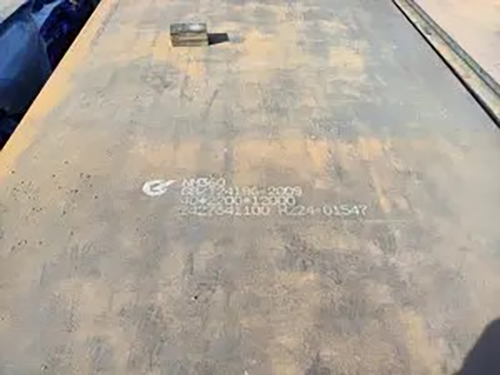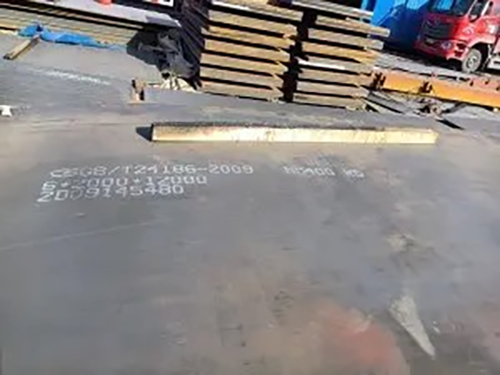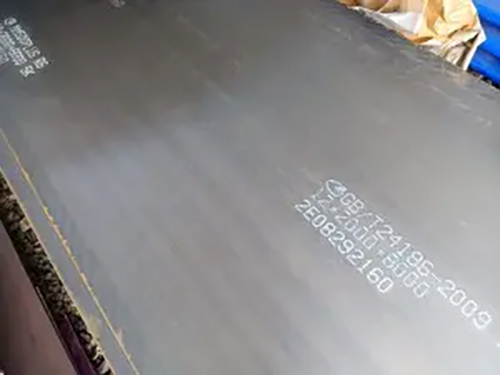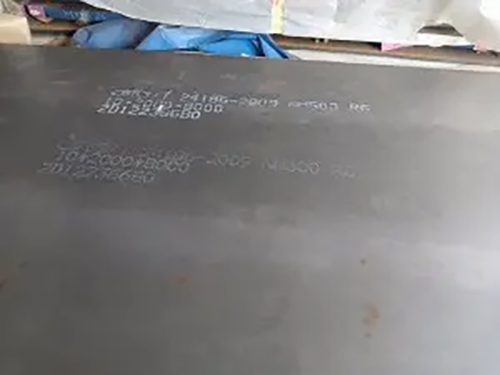Wear resistant steel plate is a high-carbon alloy steel plate. This means that Wear resistant steel plate is harder due to the addition of carbon, and formable and weather resistant due to added alloys.
Carbon added during the formation of the steel plate substantially increases toughness and hardness, but reduces strength. Therefore, Wear resistant steel plate is used in applications where abrasions and wear and tear are the main causes of failure, such as industrial manufacturing, mining, construction and material handling. Wear resistant steel plate is not ideal for structural construction uses like support beams in bridges or buildings.


The technical difference between abrasion resistant steel plate is the Brinell Hardness Number (BHN), which indicates the material’s level of hardness. Materials with higher BHNs have greater levels of hardness, while materials with lower BHNs have lower levels of hardness:
NM360 Wear Resistant Steel Plate : 320-400 BHN Typically
NM400 Wear Resistant Steel Plate : 360-440 BHN Typically
NM450 Wear Resistant Steel Plate : 460-544 BHN Typically


Wear-resistant steel for construction machinery, it is required to have high performance characteristics such as high wear resistance, high toughness, impact resistance, easy welding, and easy forming. The main indicator of wear resistance is surface hardness. The higher the hardness, the better the wear resistance.
Impact resistance Since the impact is mentioned, the NM wear-resistant steel plate has good impact toughness, and the ability to resist dents is significantly better than that of ordinary structural steel when subjected to heavy impact.
Of course, high strength is also the main performance index of wear-resistant steel. Without high strength, there is no high impact resistance and hardness. However, even if the yield strength of wear-resistant steel exceeds 1000 MPa, the low-temperature impact toughness of -40 °C can still reach more than 20J. This allows construction machinery vehicles to be safely used in a variety of harsh natural environments.
Post time: Mar-21-2024